Photos: Pufferfish Make Seafloor Circles to Mate
Mysterious circles
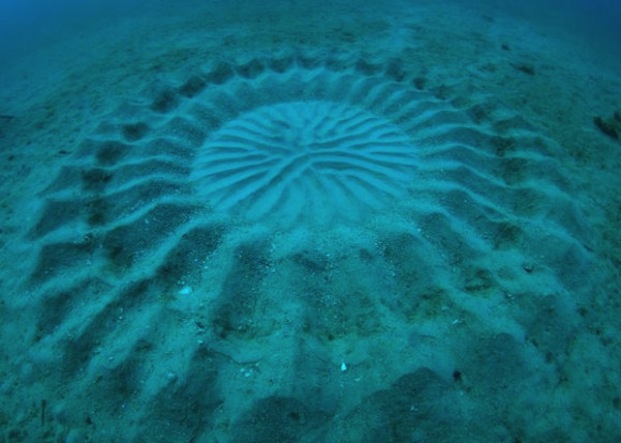
Divers noticed a beautiful, strange circular pattern like this one on the seafloor off Japan in 1995, and soon after, more circles were discovered nearby. Some likened these formations to "underwater crop circles." The geometric formations mysteriously appeared and disappeared, and for more than a decade, nobody knew what made them.
The artist at work
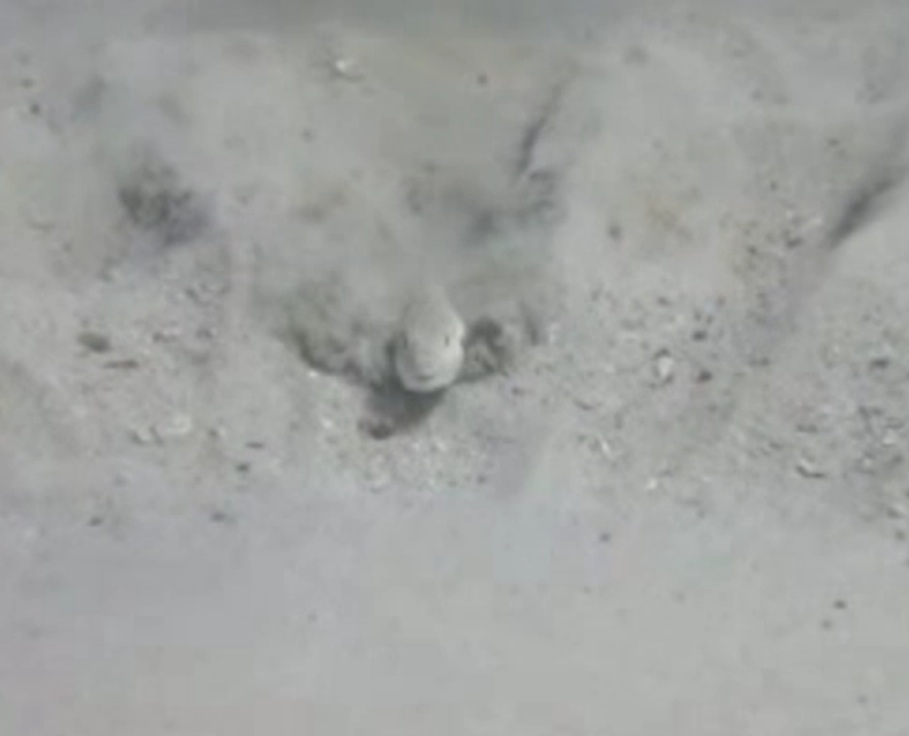
Finally, the creator of these remarkable formations was found: a newly discovered species of pufferfish. Further study showed these small pufferfish make the ornate circles to attract mates. Males laboriously flap their fins as they swim along the seafloor, resulting in disrupted sediment and amazing circular patterns.
From dust to dust
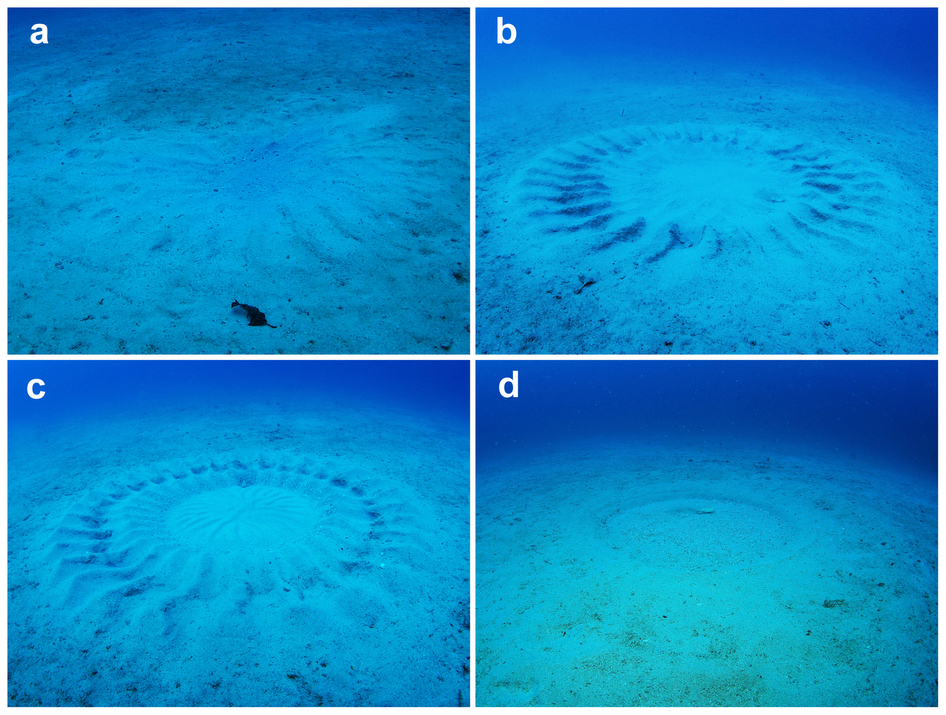
One of the circular formations in various stages of completion. "A" represents the early stage, B the middle stage and C the final stage. D shows the same circle one week after spawning. These photos were taken in late June and July, 2012.
Digging valleys
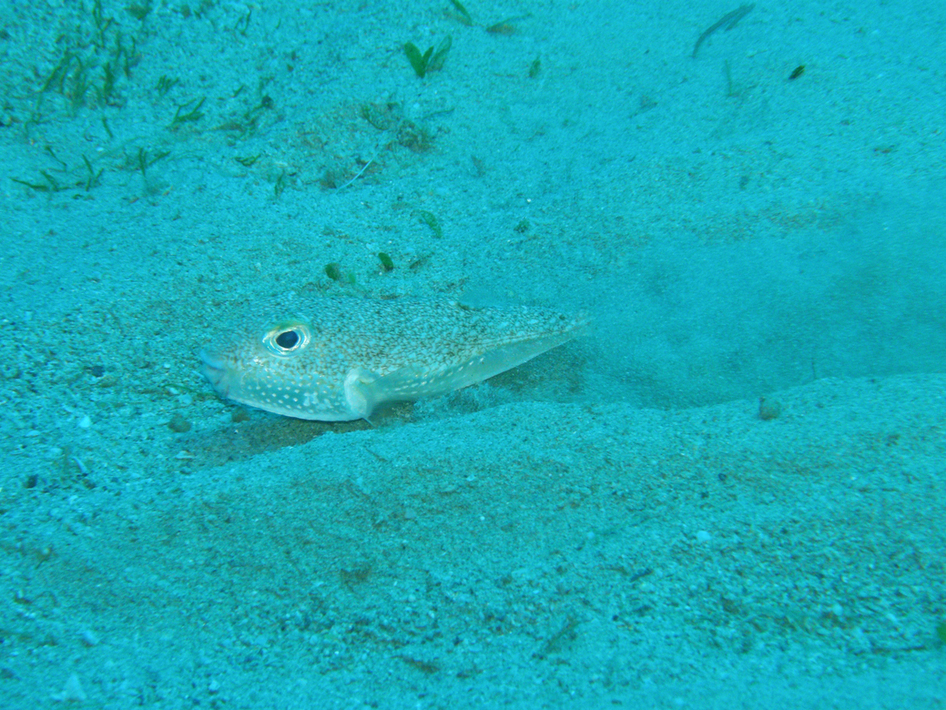
A male pufferfish making a valley in the seafloor with his fins on April 23, 2012. Although the fish are only about 12 centimeters (5 inches) long, the formations they make measure about 2 meters (7 feet) in diameter.
Male and female
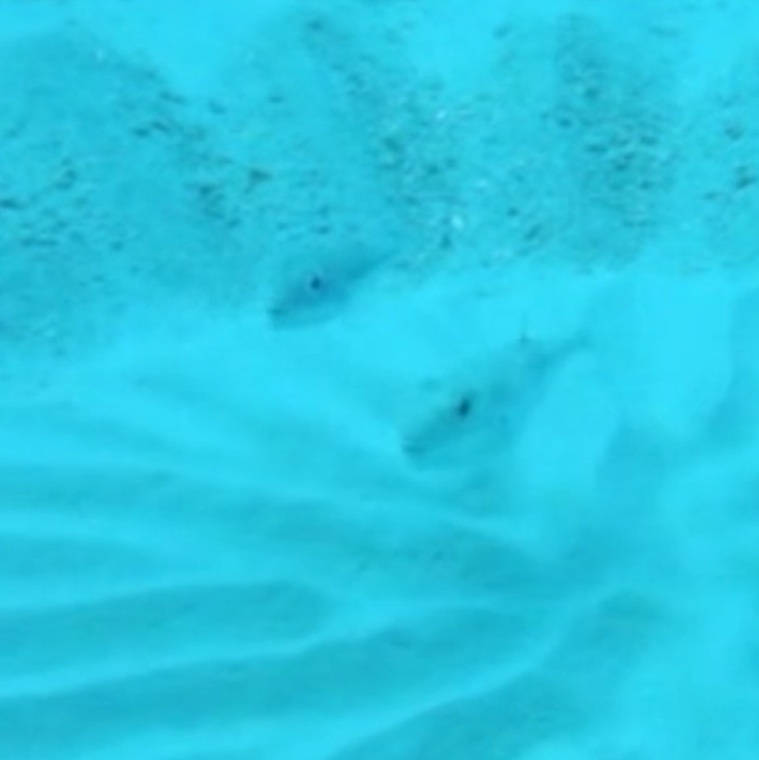
When the circles are finished, females come to inspect them. If they like what they see, they reproduce with the males, said Hiroshi Kawase, the curator of the Coastal Branch of Natural History Museum and Institute in Chiba, Japan. But nobody knows exactly what the females are looking for in these circles or what traits they find desirable, Kawase told LiveScience. Pufferfish mating involves females laying eggs in the fine sediments in the center of the circles, and then the males fertilizing them externally. Then, the females vanish, and the males stay for another six days, perhaps to guard the eggs, the study noted.
Another view
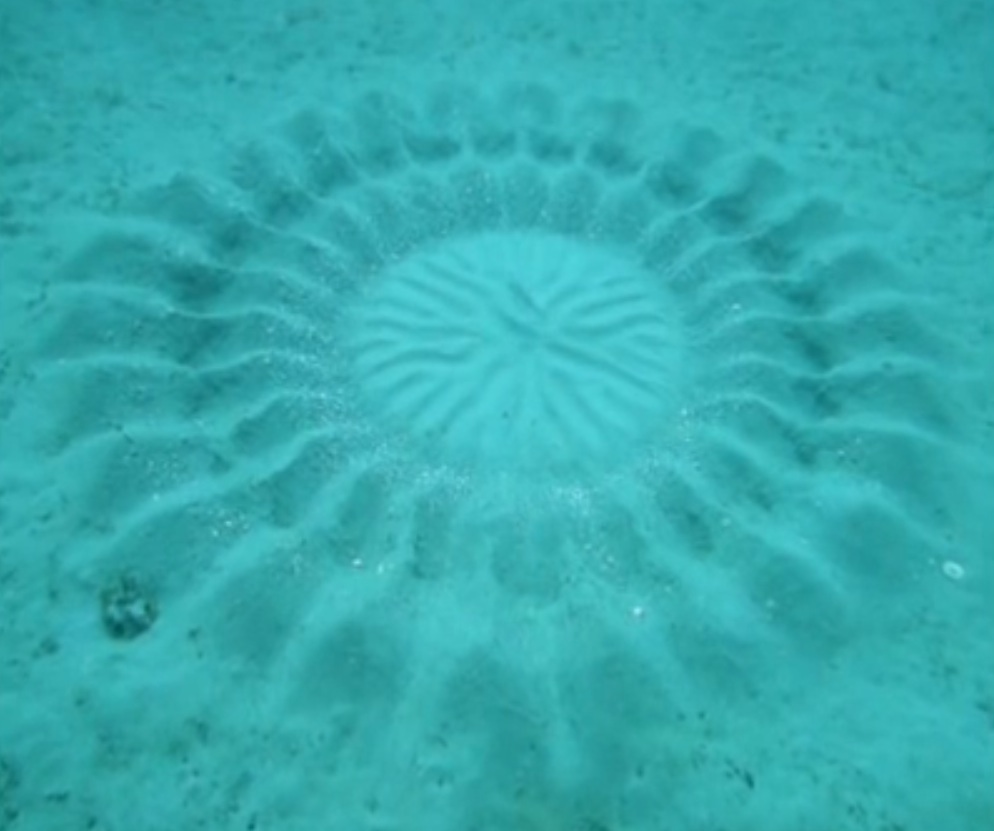
Males of some species of cichlids (a type of fish) are known to construct crater-shaped mounds that females visit to have their eggs fertilized, Kawase said. But this new pufferfish's geometric patterns have three features never seen before. First, they involve radially aligned ridges and valleys outside the nest site. Second, the male decorates these ridges with fragments of shells. Third, the male gathers fine sediments to give the resulting formation a distinctive look and coloring, Kawase said.
Get the world’s most fascinating discoveries delivered straight to your inbox.



